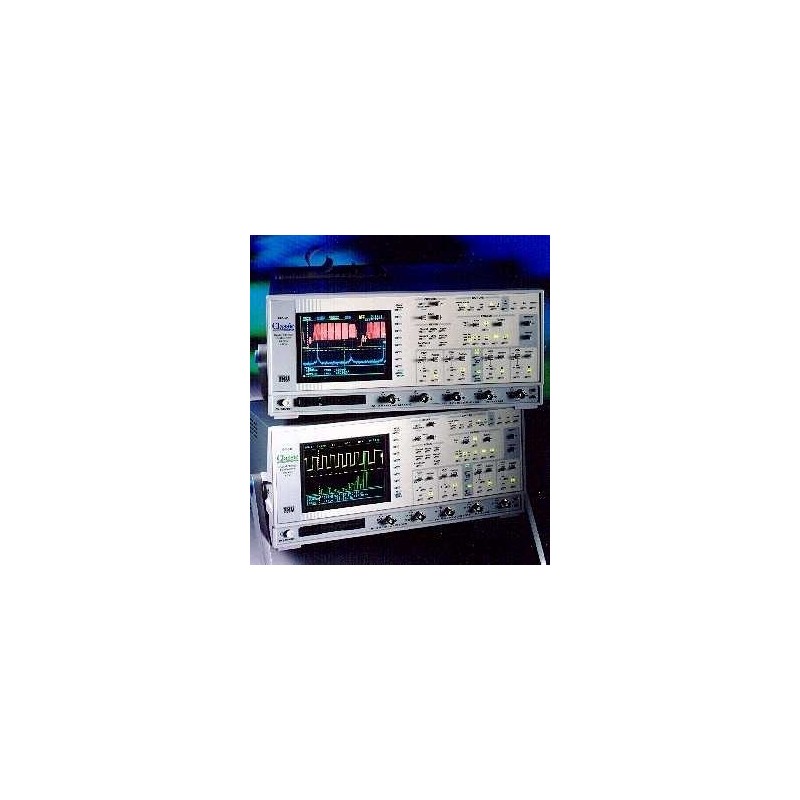








Classic 6500 - die zukunftssichere Lösung für die Elektronik Industrie von morgen
Die gewaltig gestiegenen Taktgeschwindigkeiten in der modernen Elektronik fordern eine neue Generation von Meßgeräten. Das Classic 6500 ist ein schnelles Mittelklasse DSO mit übersichtlicher Farbdarstellung, ausgefeilten Triggerfunktionen und intuitivem Bedienkonzept.
Eckdaten:
1 GS/s Abtastrate transient
5 GS/s Abtastrate periodisch
200 MHz Bandbreite
4 Kanäle
1 MByte Speichertiefe
Emissionsarmes Farb-LCD
Nullpunktunterdrückung
Skalierung in phys. Einheiten
Sample on Demand Technik
3,5" Diskettenlaufwerk
Trigger Tools
Fast Fourier Transformation
Toleranzbandtest
Automatische Meß-, Analyse- und Statistikfunktionen
500 MByte Festplatte
1 MByte RAM Disk
IEEE488.2, RS-423 und Centronics Schnittstelle
Integrierter Thermodrucker
Bandwidth adds significantly to the cost of an instrument. If the application involves signals in the tens of megahertz, a DSO with a bandwidth in the many hundreds of megahertz may be an unnecessarily expensive choice. The 6500 combines the bandwidth of the Classic 6000 (200MHz) with a higher sampling speed (1 GS/s) which approaches the performance of the Delta 9500A. This combination offers the best value to individuals demanding high speed sampling of medium to low frequency signals.
The 6500 can accurately evaluate high-speed data streams by locating the area of interest with its gated trigger system, count or divide with clock phase shifting. Utilizing the 1 GS/sec transient sample rate and persistence mode allows timing and jitter errors to be measured.
Capture of fast events requires a high sampling rate to preserve waveform details but can also need large amounts of memory if the events are widely spaced. Segmenting the overall acquisition memory into a number of smaller sections makes very efficient use of memory. The Classic 6500 provides up to 2000 segments at 500 sample stores with the 1 Mbyte memory option.
The Fast Fourier Transform (FFT) function allows live analysis of up to 32 k points. All FFTs can be averaged from 2 to 128 times, improving the signal to noise ratio to as much as 70 dB. Equivalent Time Sampling (ETS) into 50 Kbyte memory extends the FFT range to the full bandwidth.